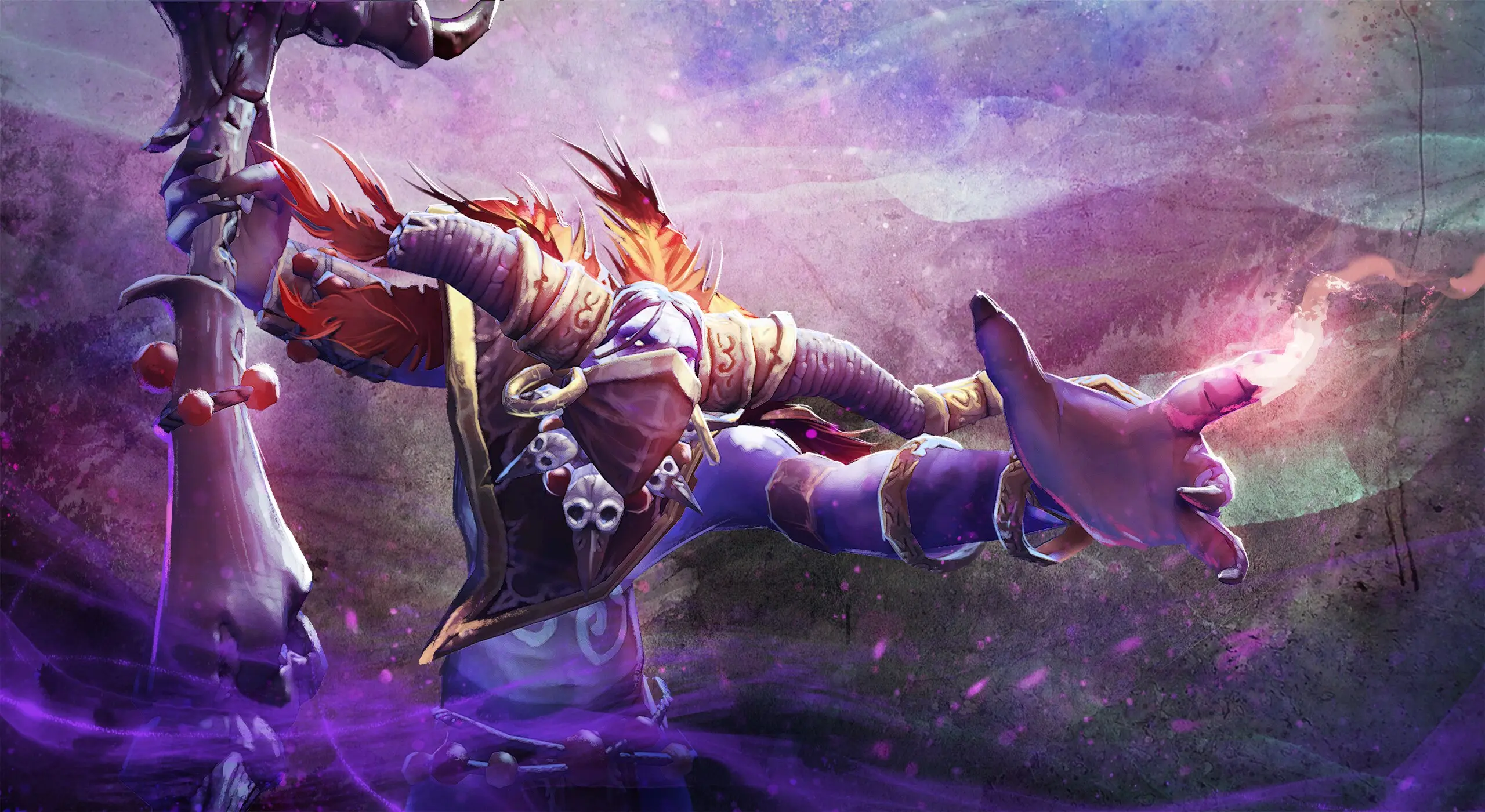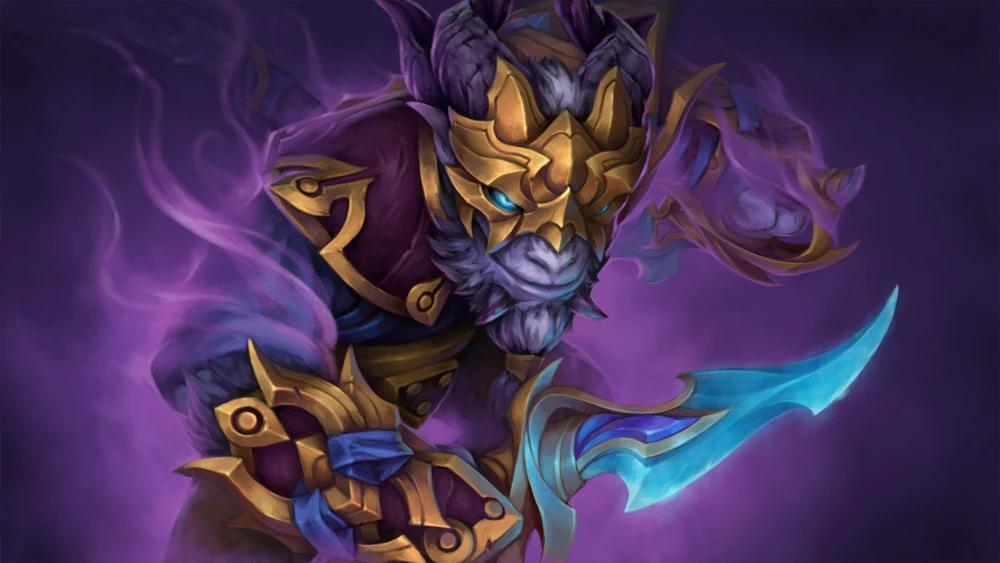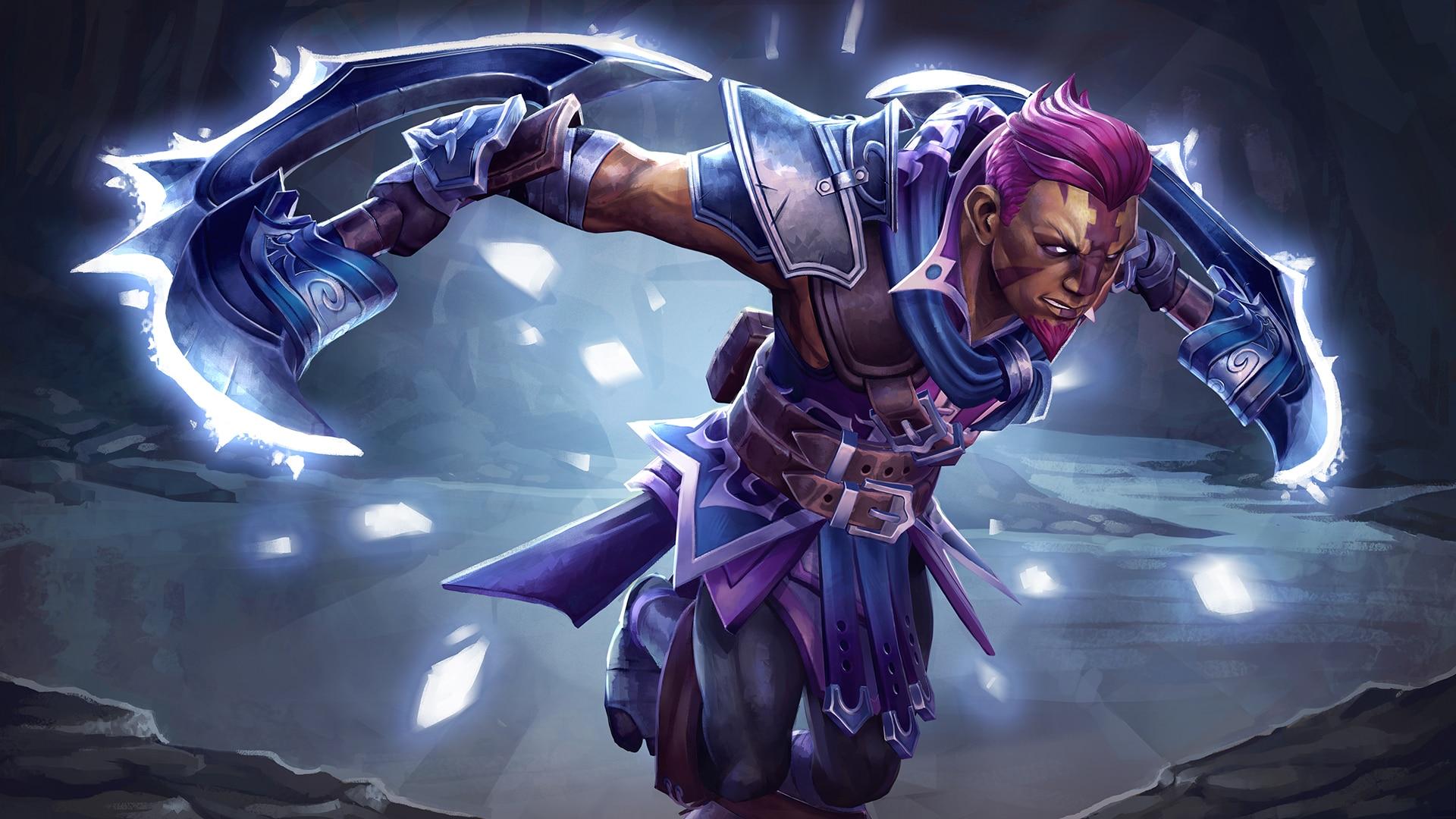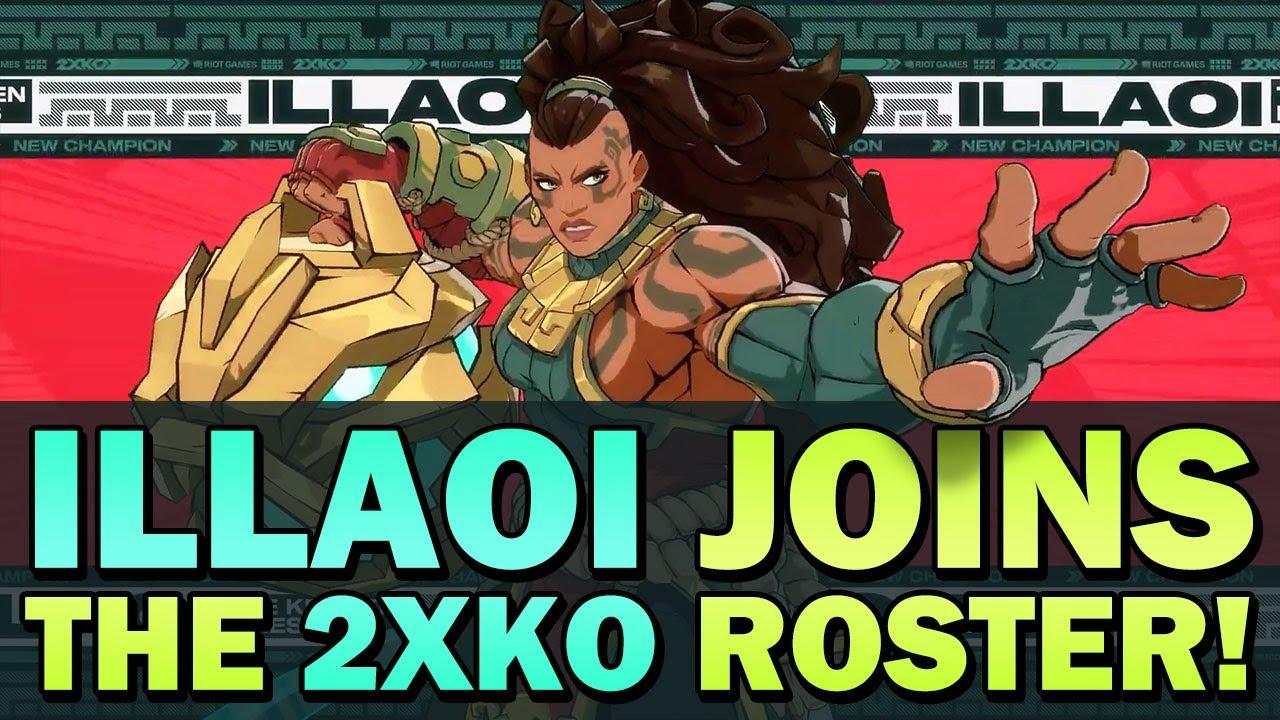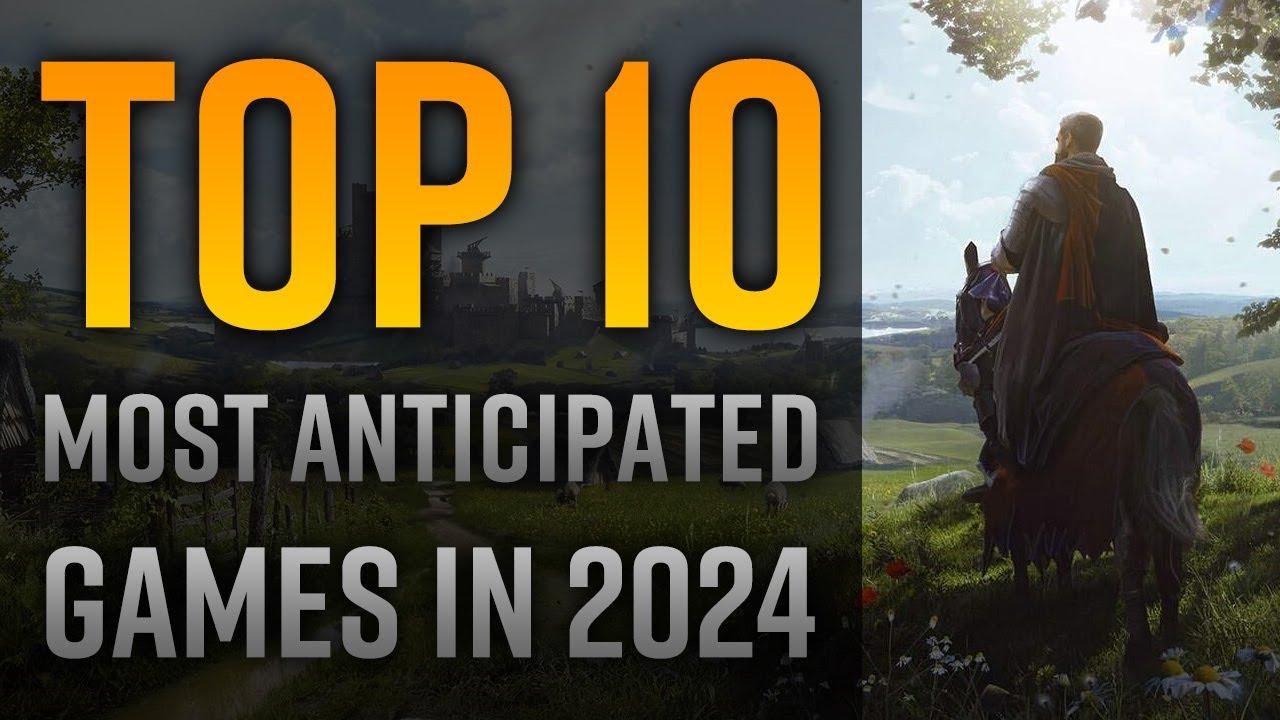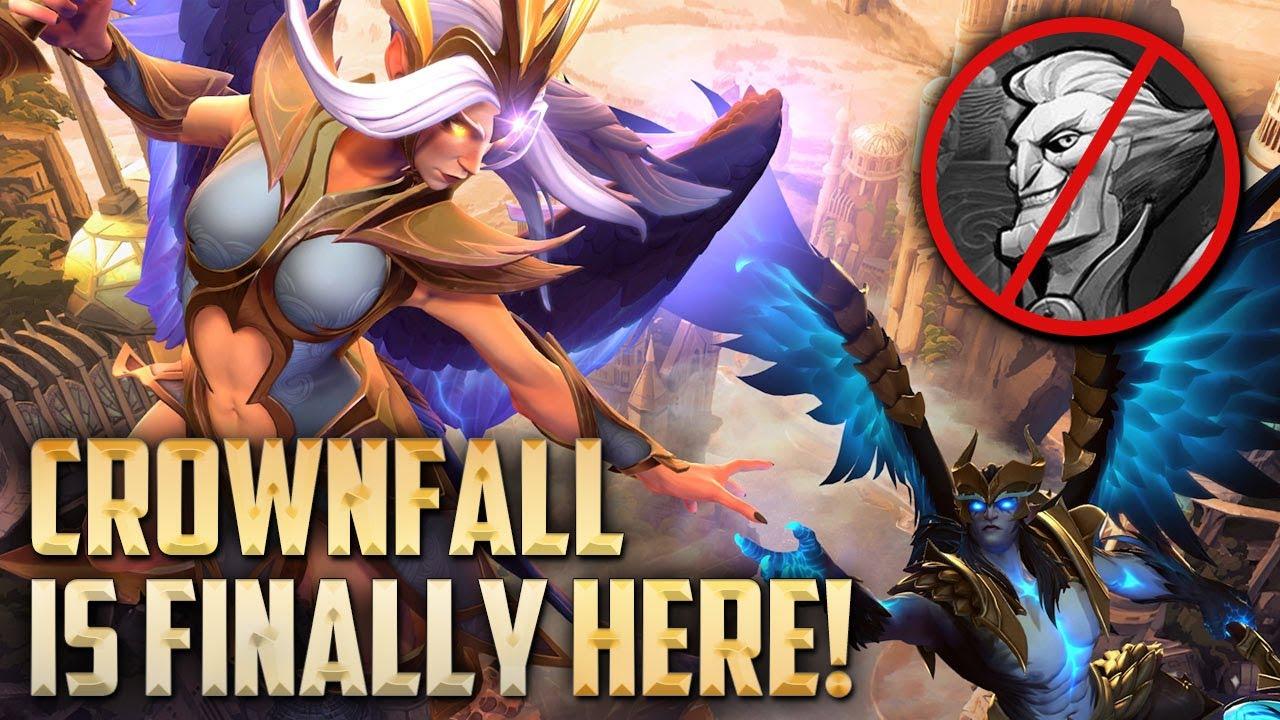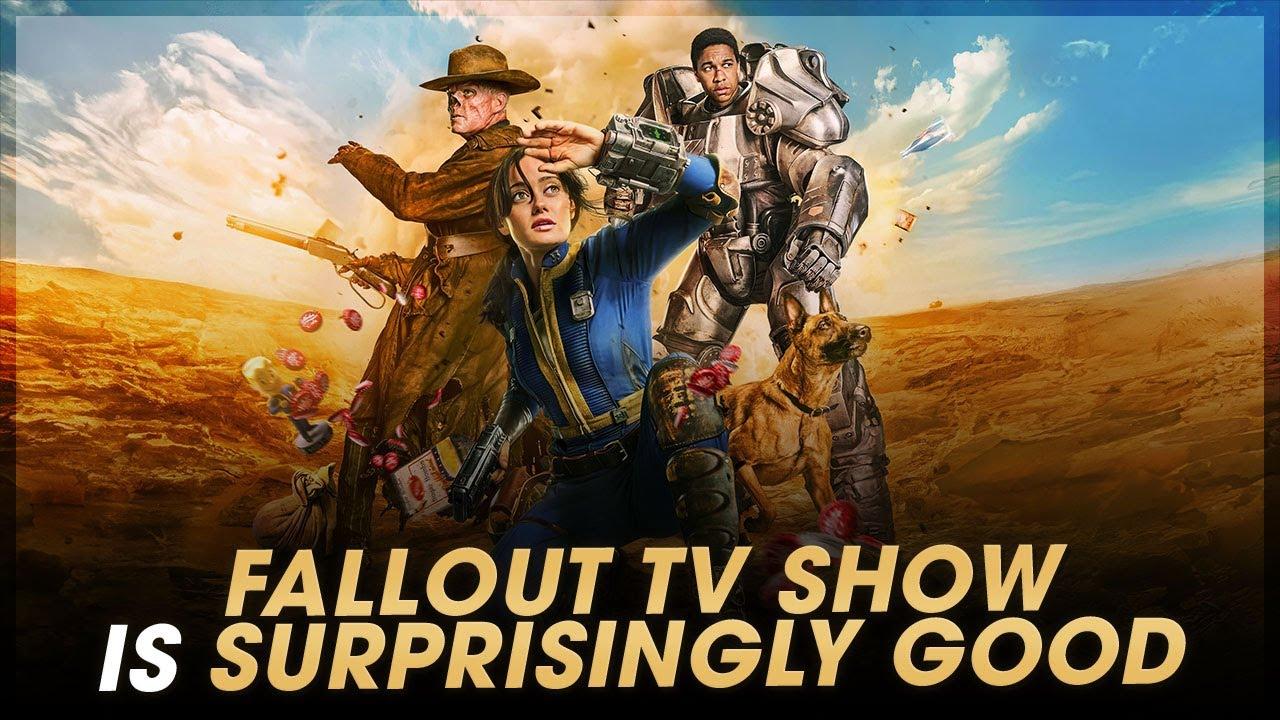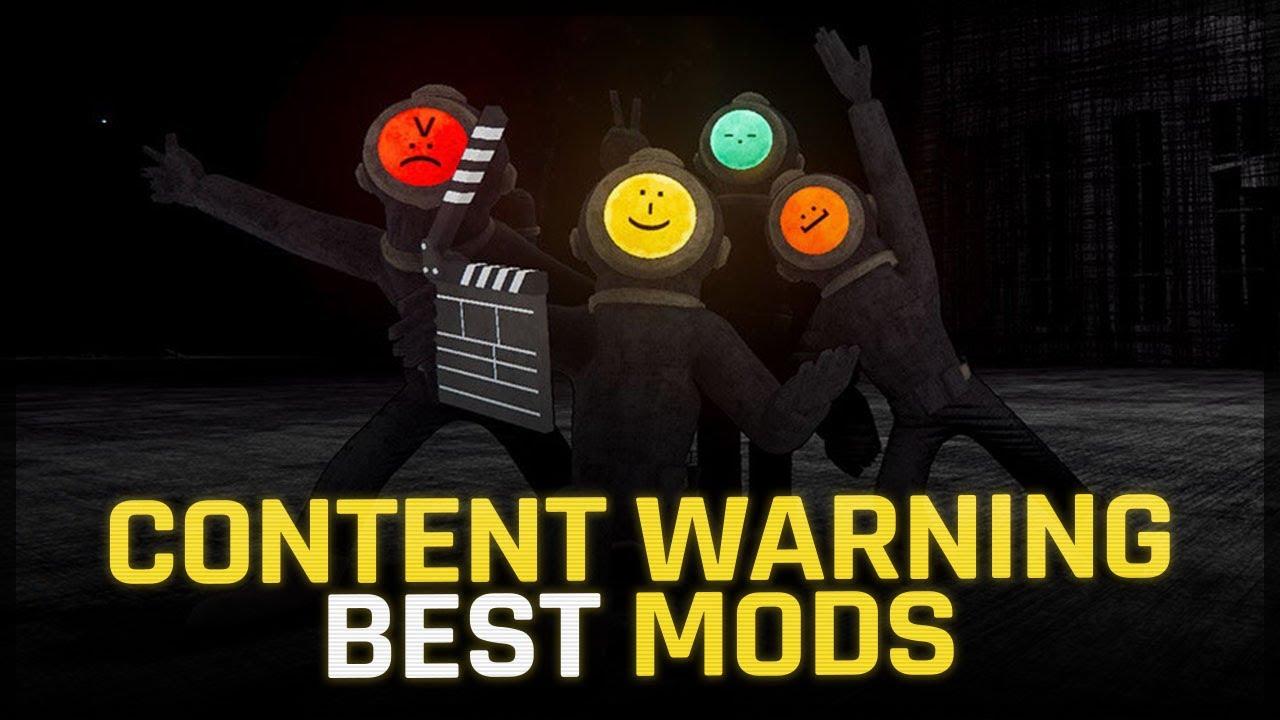Dota 2
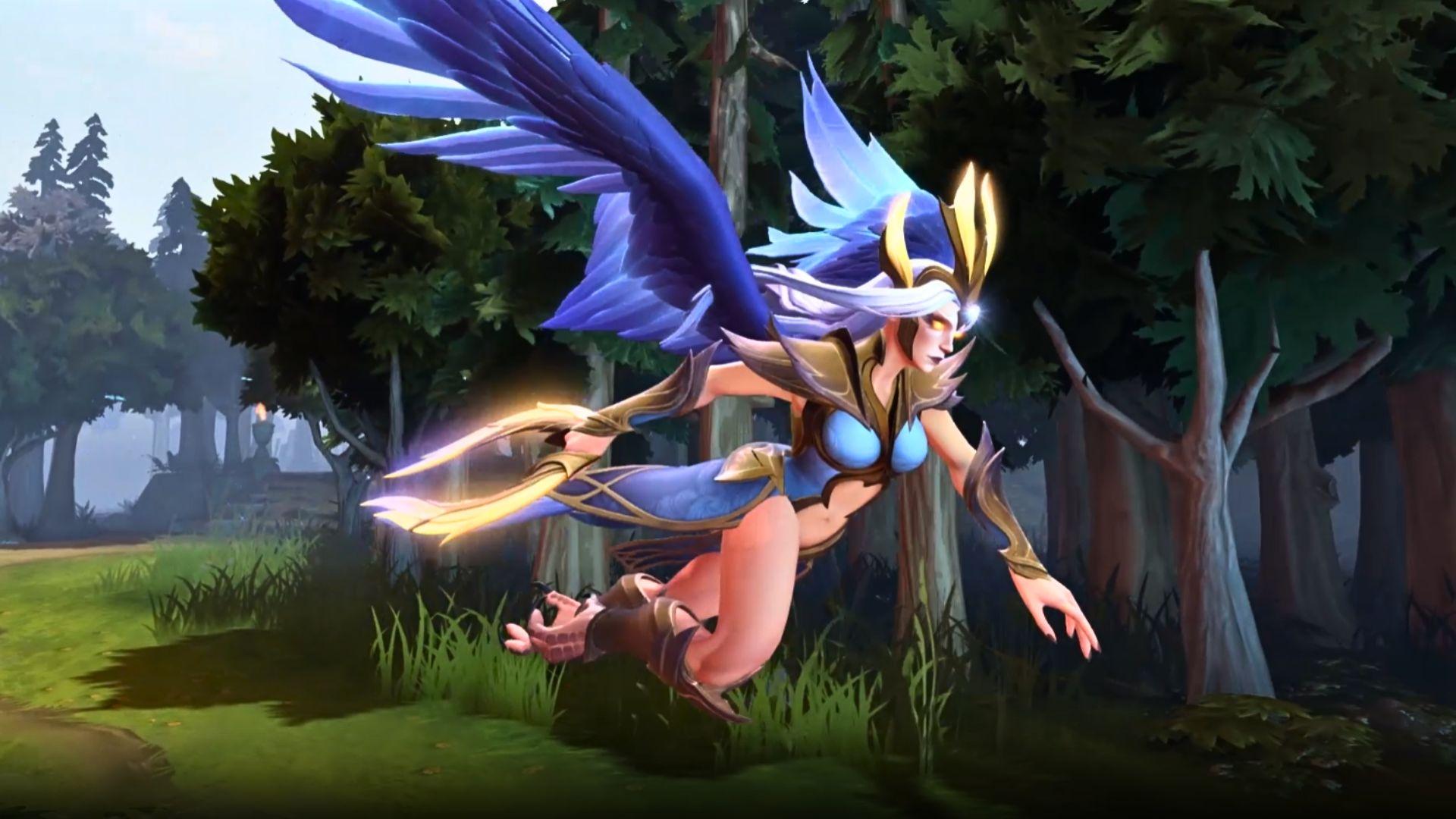
Dota 2 Crownfall update: What’s new?
Exciting, but no Ringmaster.
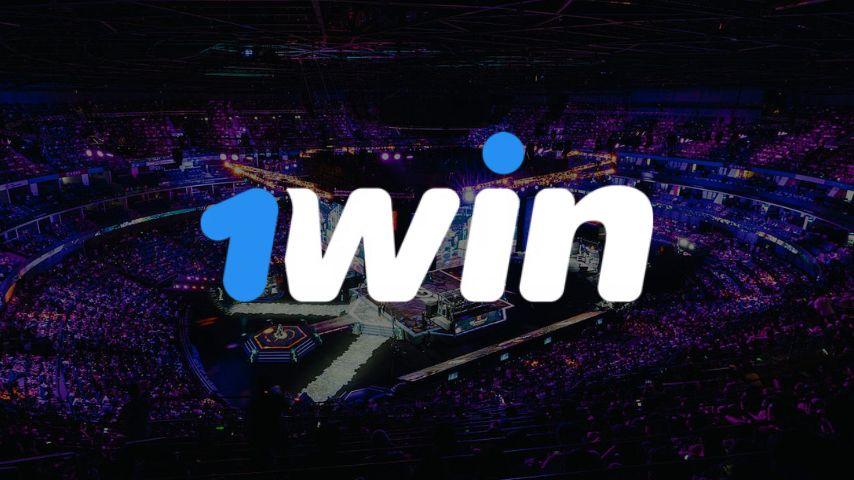
1win accuses ESL One Birmingham of favoring OG after Visa issues
“Not the Visa curse.”
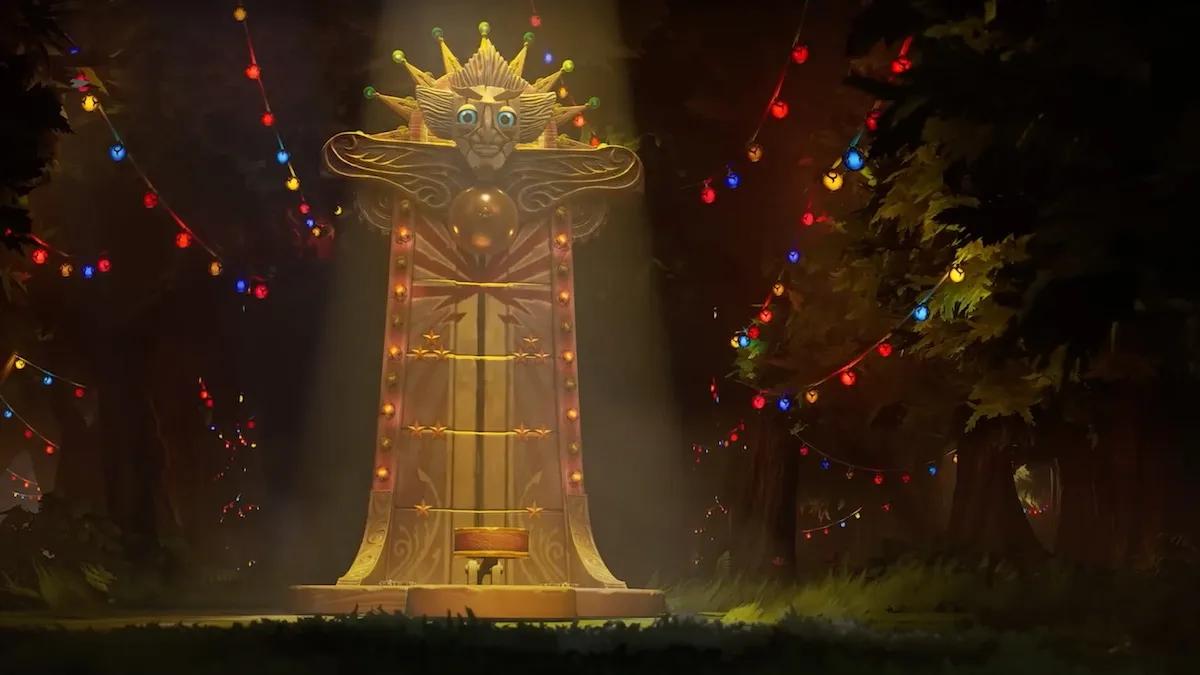
Dota 2 players react to Crownfall delay
Will there be circus-related events in Crownfall?
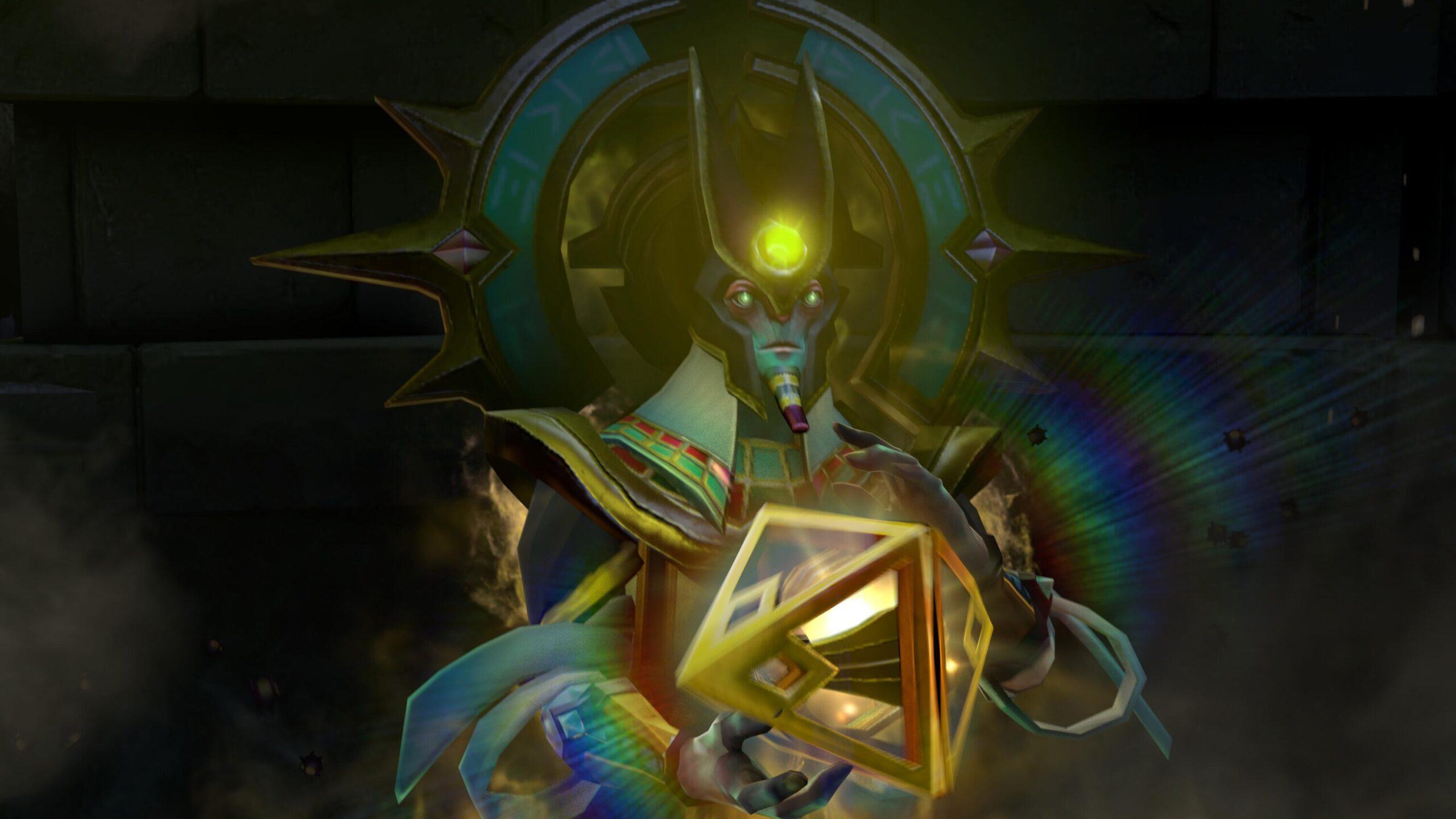
The top Dota 2 heroes dominating the meta in 7.35b
These picks are the ticket to MMR.
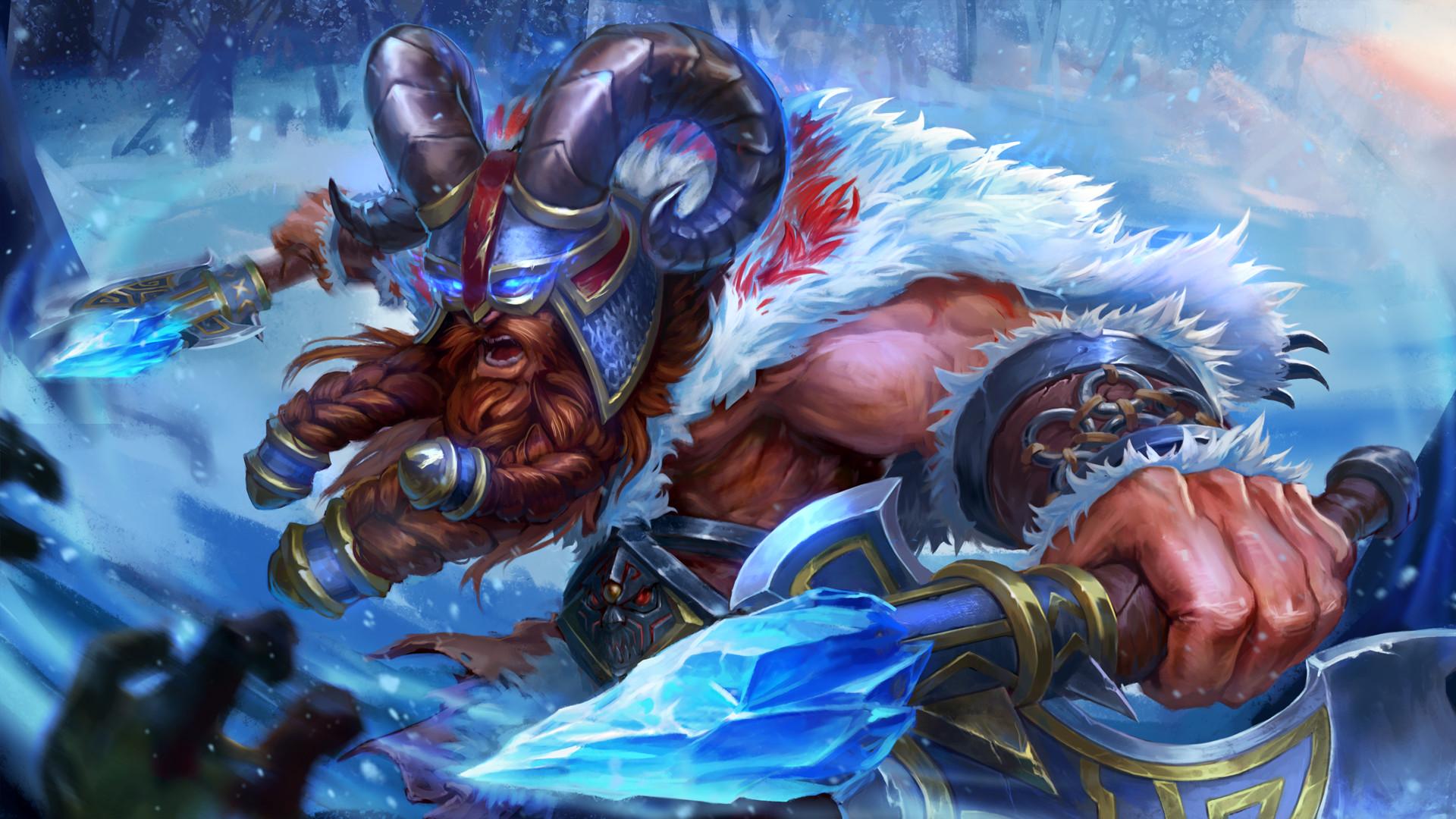
Next Dota 2 battle pass, Frostivus event teased by Valve
Get your wallet ready.
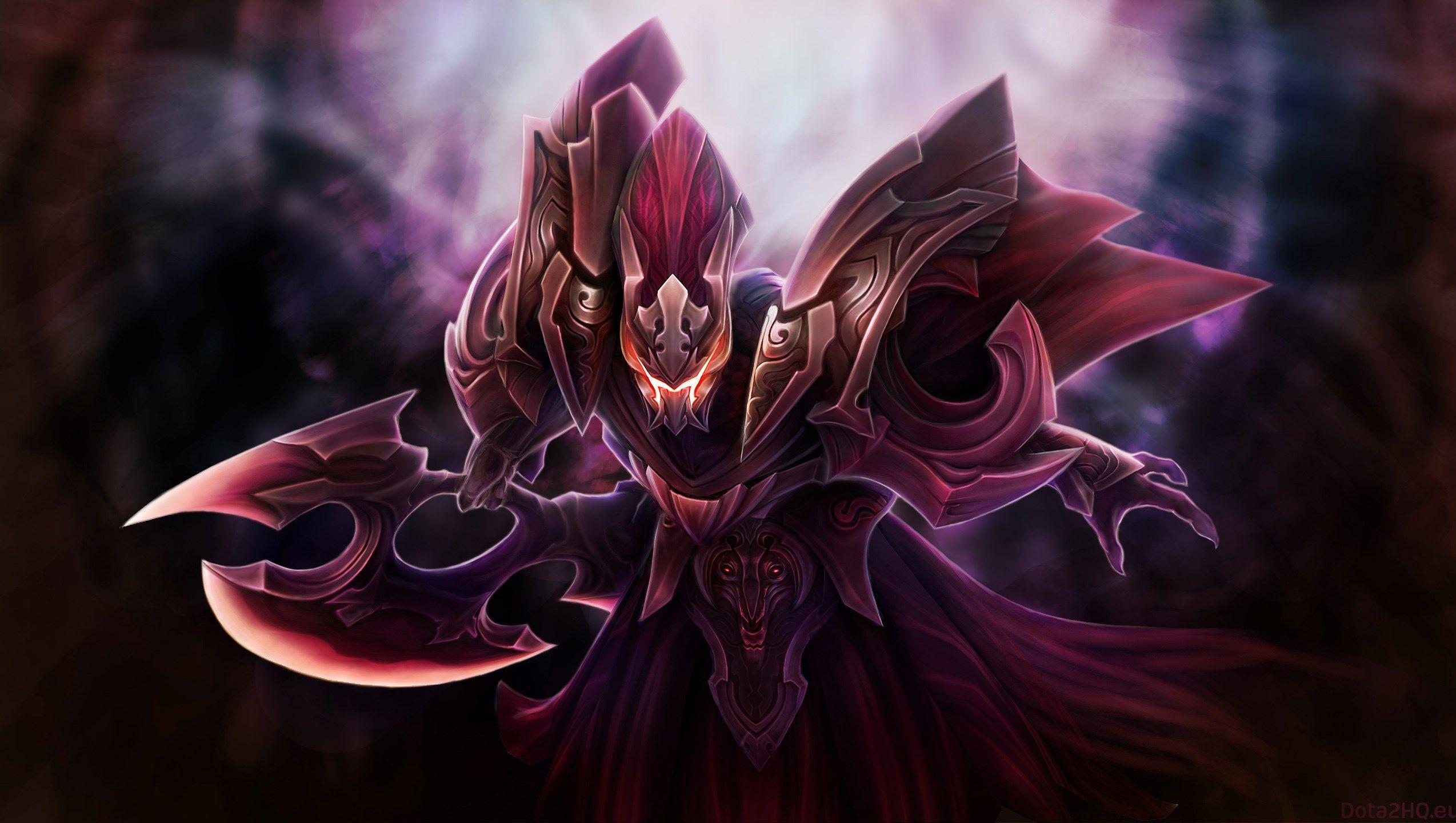
Next Dota 2 patch release date revealed by Valve
Bristleback spammers, your days are numbered.
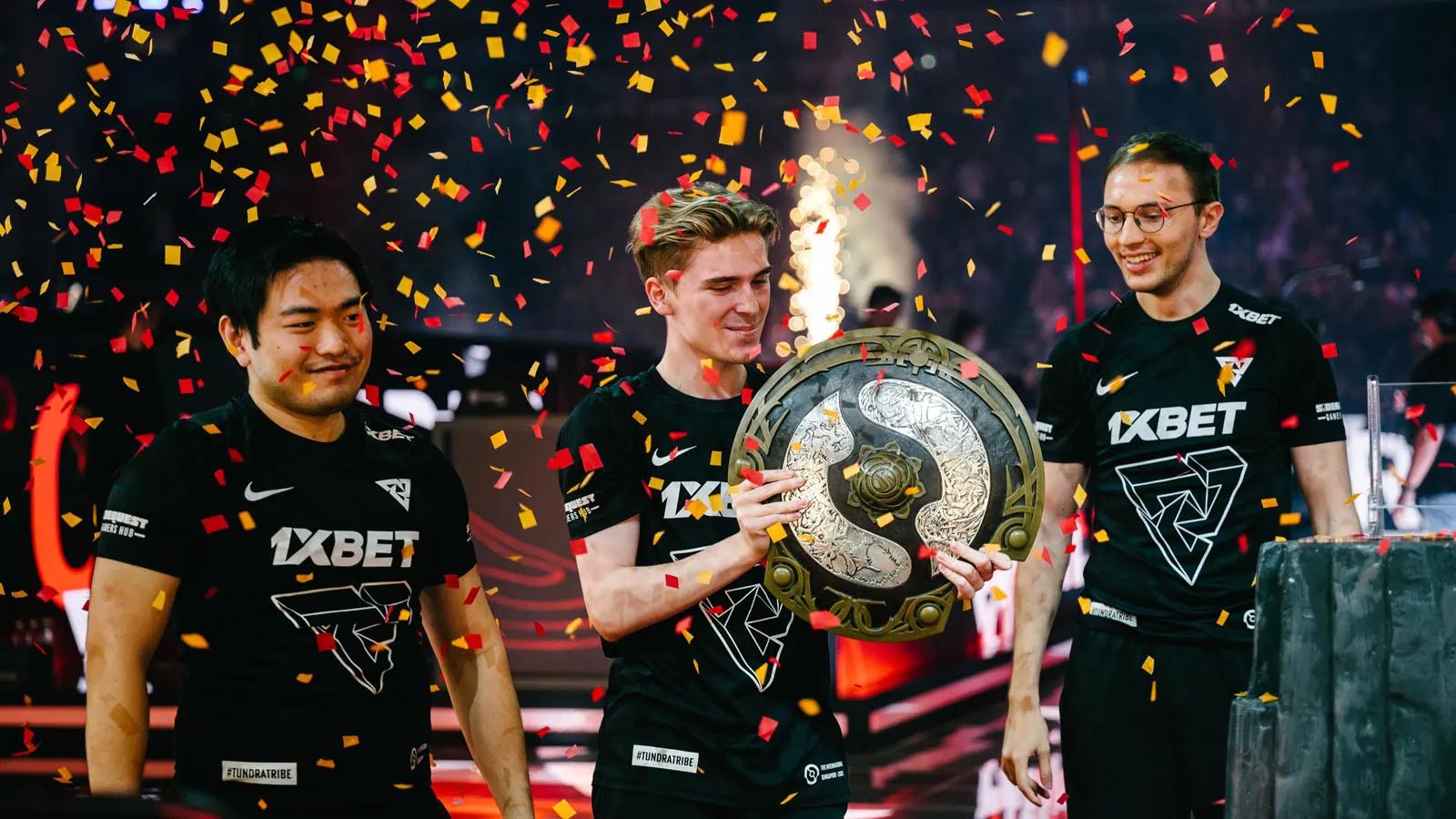
Falcons enters Dota 2 with new skiter, Cr1t- stack
Is it too much star power?
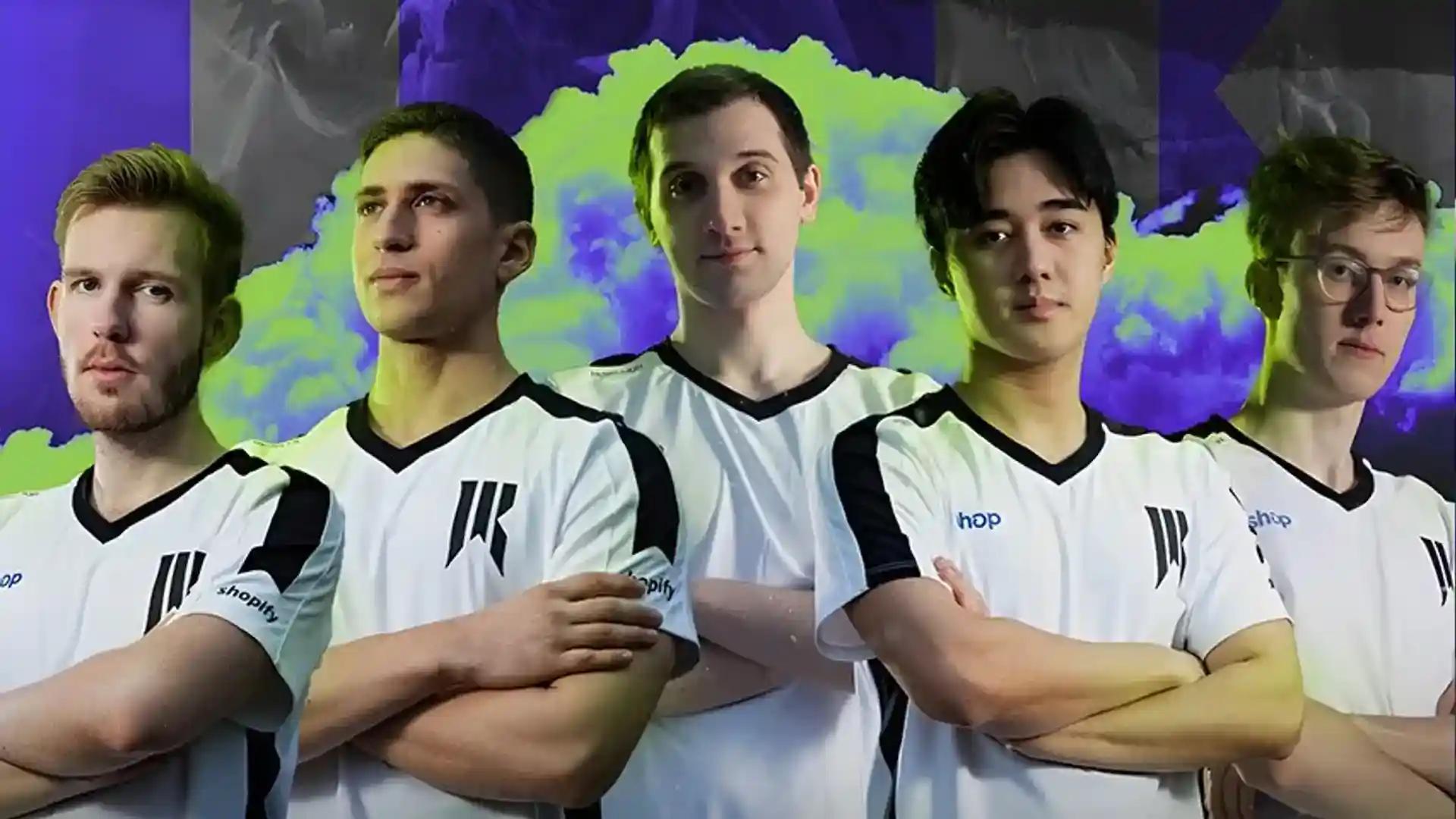
Shopify Rebellion disband imminent as Fly, Cr1t-, Abed leave
Will Arteezy and SabeRLight- stick around?
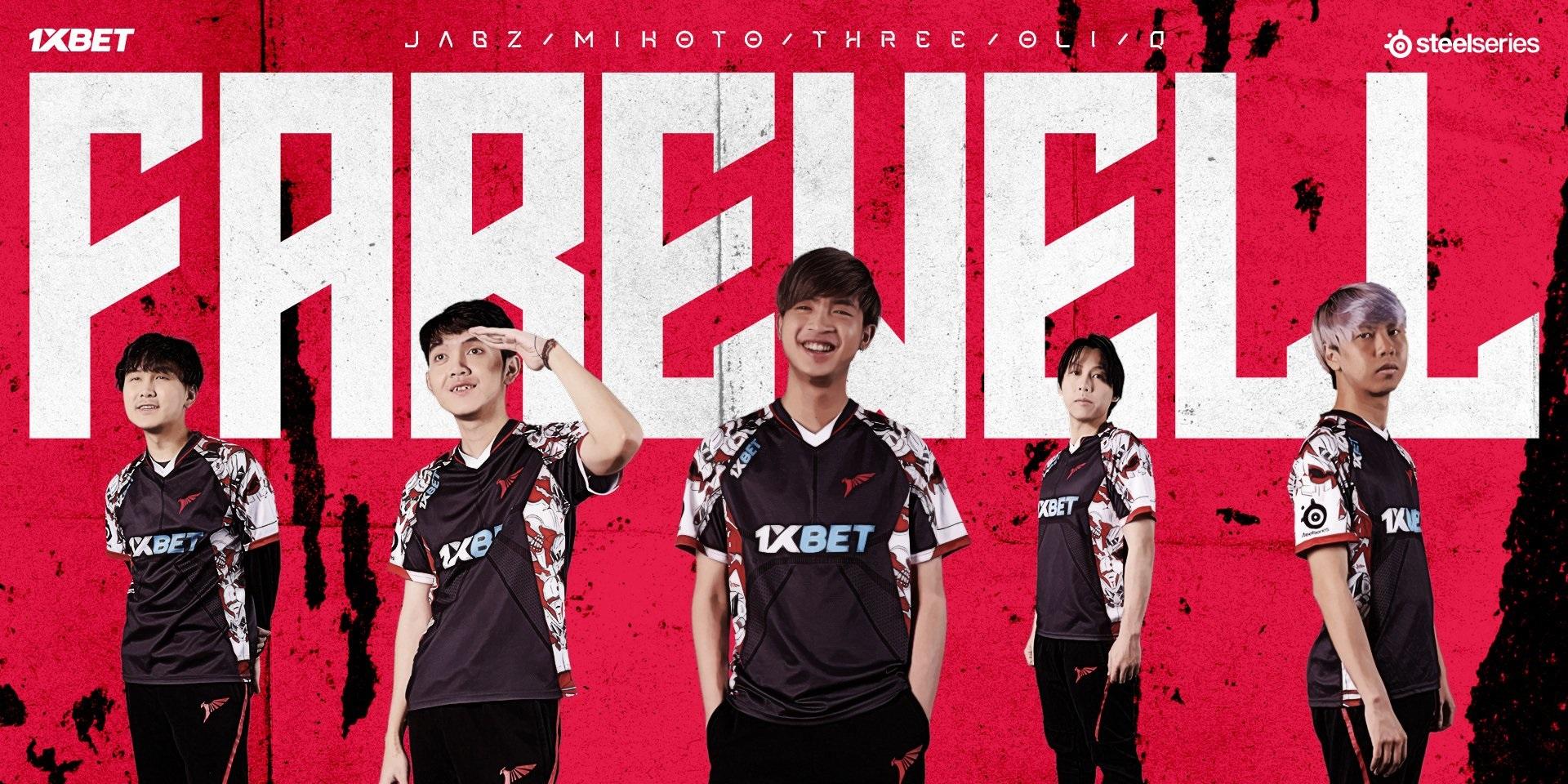
Dota 2 fans mourn the release of Talon Esports’ roster
“A new era is coming.”
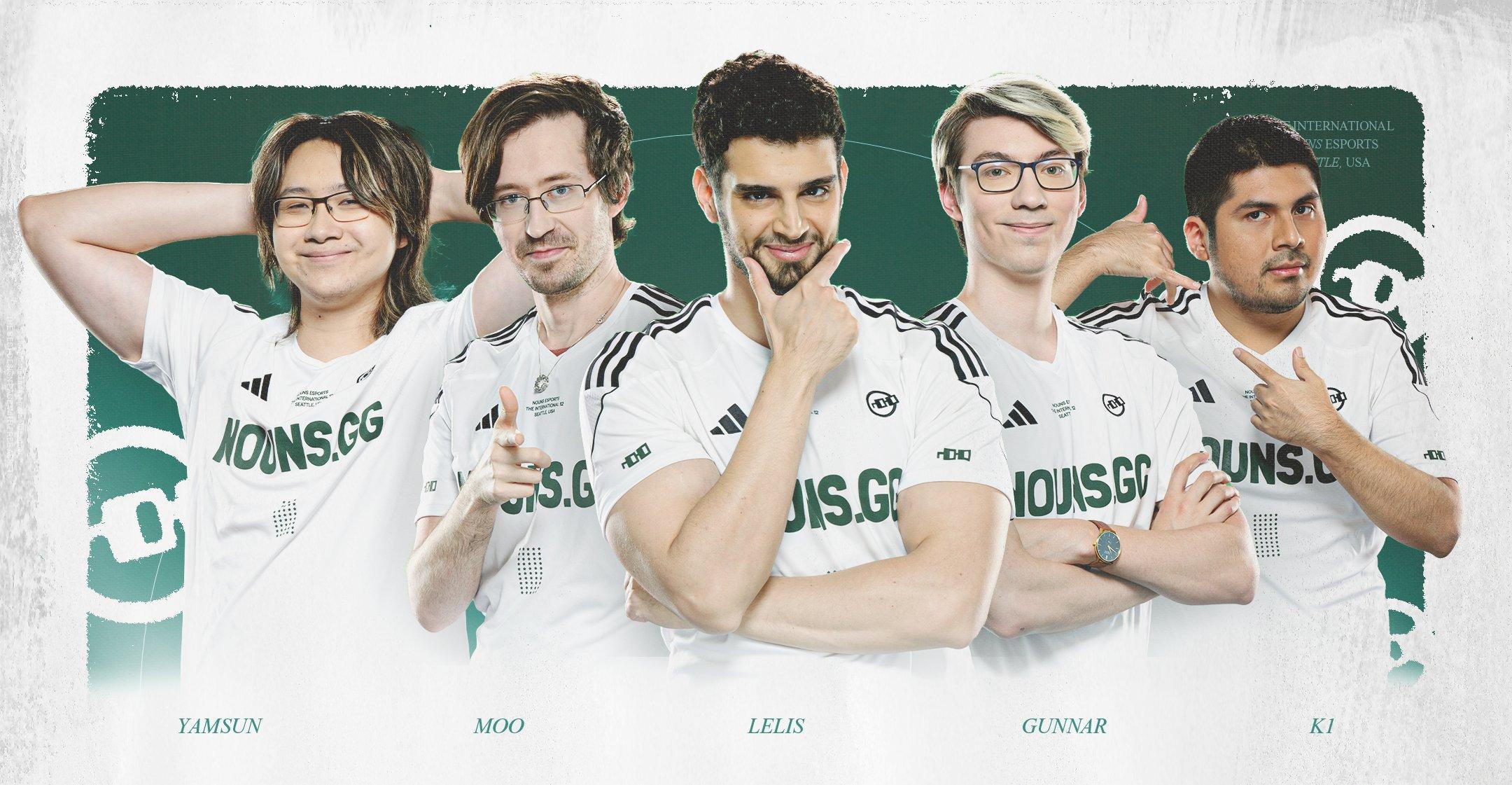
nouns disband Dota 2 roster after surprise run at TI 2023
Gone, but never forgotten.
Dota 2 is the deepest MOBA, here’s what to know in 2023
Dota 2 is still going strong in 2023, but new players shouldn’t feel ashamed for feeling totally lost.
With 20 years of history and over a decade in its current form, Defense of the Ancients is one of the most historic video games still being played today. Dota 2 is a globally-recognized esports with a massive playerbase on nearly every continent. However, its difficult to see why such a complicated game managed to achieve so much success. If you’re brand new to Dota 2 in 2023 and looking to learn more about the game, here’s a quick snapshot of everything you should know, from how the game works to it’s most iconic names and faces.
How does Dota 2 gameplay work?
Dota 2, as an extension of Dota 1, literally invented the MOBA genre as a popular type of multiplayer video game. The five-on-five base defense platform sparked a massive wave of imitators, but Dota 2 remains the original basis of them all.
Games of Dota 2 are played between two teams of five who start the game by picking one character each from a pool of over 120 choices. Each character has a unique set of abilities, stats, and upgrades. As the game progresses, characters become stronger over time by accumulating gold and experience. The ultimate goal is to destroy the enemy team’s ancient, a fortified structure deep within their base.
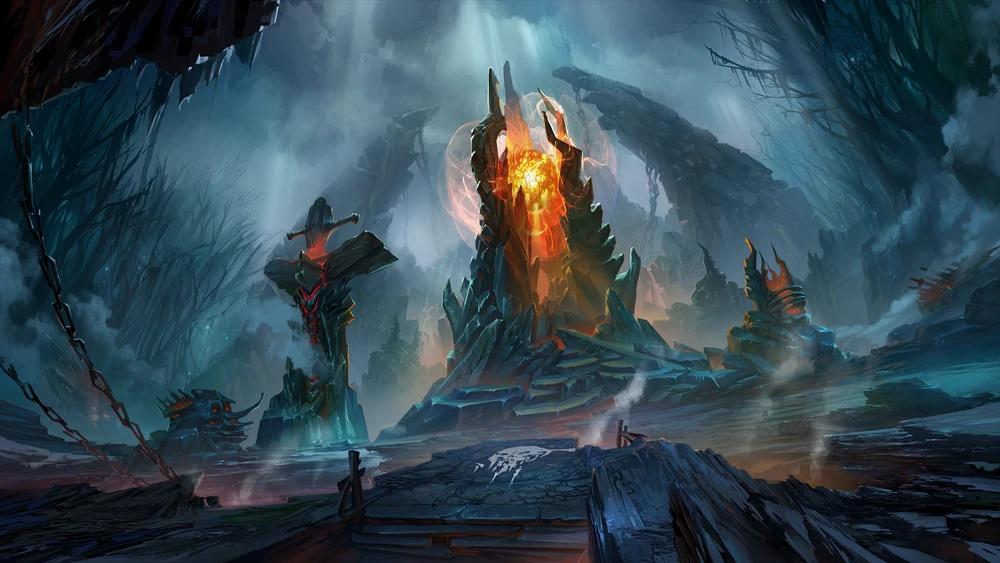
Similar to traditional sports, Dota 2 teams are made up of positions with different goals. The carry, for example, focuses on gaining gold and experience to become as strong as possible. The offlaner is usually an initiator or utility hero meant to enable the rest of the team. The supports sacrifice their own gold and experience to provide utility and complete tasks like managing vision. Ideally, each player picks a hero that corresponds to their role, but Dota 2 is famous for its rogue strategies that seem foolish on paper, but can still come out on top.
Dota 2’s staggering complexity is a major reason why it has remained popular in 2023. There are over 120 heroes and over 200 items to buy, and many characters have a sky-high skill ceiling that still hasn’t been reached. The game is also constantly evolving, with massive patches that change heroes, mechanics, and the map itself. The game is also expressive, with tons of hero cosmetics, established meta lore, and a growing roster of playable heroes.
The long history of Dota 2
Before there was Dota 2, there was Dota 1. The original Defense of the Ancients was a mod for the real-time strategy game Warcraft 3. Dota quickly became one of the most popular custom game modes, and it sprouted a competitive scene very early on. Dota ran strong for many years, but members of its dev team eventually broke off to develop their own projects. That includes rival MOBA League of Legends and the spiritual Dota 1.5 Heroes of Newerth, which is now defunct.
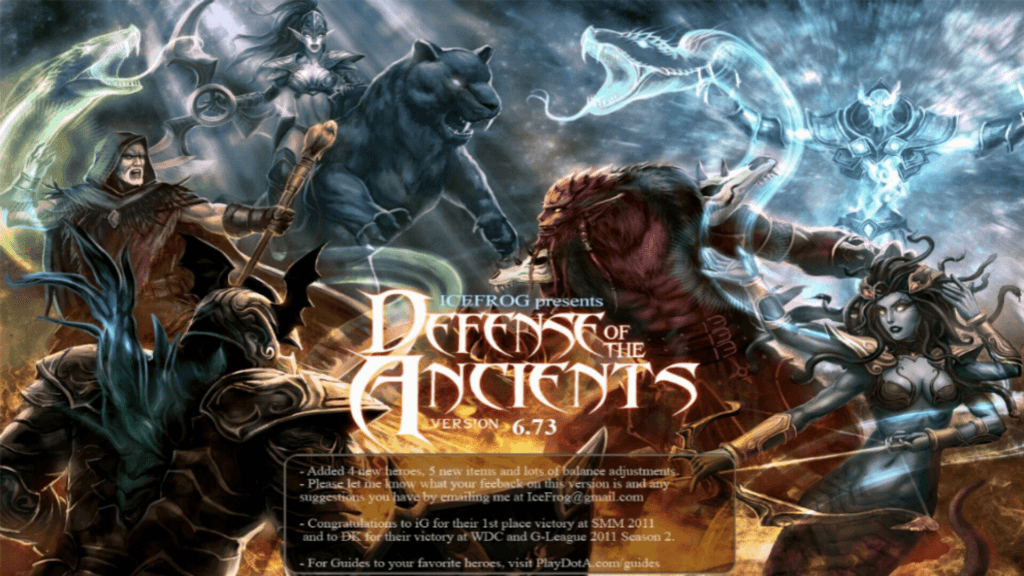
In 2009, Valve Corporation, the same company behind Half-Life and Counter-Strike, invited original Dota developer IceFrog to join the company and start work on a sequel. IceFrog agreed, and Dota 2 was announced for the Source engine in 2010. The game entered a beta state in 2011 and was formally released in 2013. Since then, the game has been constantly updated with new features, content, and balance changes, some of which completely overhauled major aspects of the game. Dota 2 was officially released on 6.79, but as of early 2023, the game is currently on version 7.33.
Dota 2 kickstarted crazy money in esports
In the modern era, Dota 2 has one of the most regulated and consistent competitive ecosystems in all of esports.
The first-party circuit for Dota 2 is called the Dota Pro Circuit, or DPC for short. The DPC consists of two divisions in each of the six major regions. The competitive regions are as follows, listed roughly in order of strength in international events.
- Western Europe
- Eastern Europe
- China
- South America
- Southeast Asia
- North America
Each region has two divisions, upper and lower. Each division hosts three tours a year, which are round-robin events where each team in the region competes to get the best match record. The upper divisions have bigger prize pools and can grant access to the Majors, a series of international events that happen at the end of each tour. Lower division teams can ascend to the upper division by getting top two at the end of a tour. The bottom two teams of each division are relegated, either going to the lower division or being removed from the DPC.
At the end of each tour, the best teams from each region are invited to a Major. Majors are the most common form of international Dota 2 competition. Each one takes place in a new city around the world, and they host massive prize pools compared to the tours. The Majors also grant DPC points, which are used to decide which teams can attend The International at the end of the year.
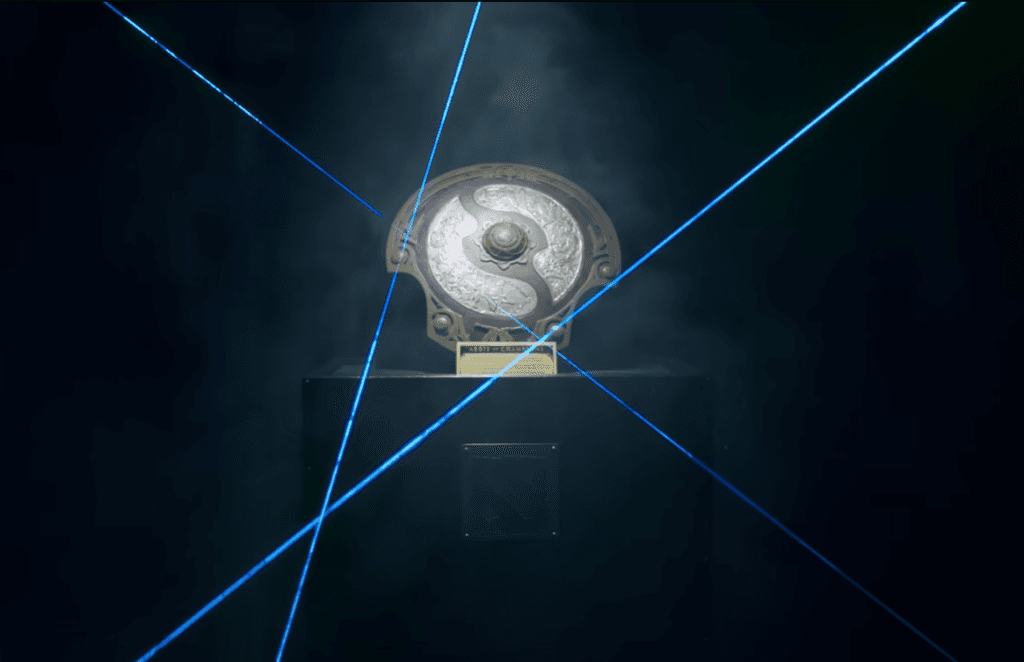
The International is the most bombastic event in esports. Each year, Valve releases a special battle pass where Dota 2 players can personally fund the prize pool for the event. This system has produced the largest prize pools in the history of gaming, and it's not even close. The International 10 had more than $40 million up for grabs, with the champion Team Spirit taking home $18.2 million. The top 21 highest-earning esports players in the world are all Dota 2 players.
The most notable names in Dota 2
If there’s one name casual Dota 2 players should know, its IceFrog. The original Dota developer is one of the few remaining decision-makers that came over from the original, and while Dota 2 has a massive development team, it's common to hear players appreciate (or blame) IceFrog for everything. The man himself is notoriously mysterious, and even his real name is not 100% confirmed.
In the esports world, Dota 2 has several established names. Perhaps the most important is Johan "N0tail" Sundstein, who was OG’s captain during the team’s legendary back-to-back International championships. His longtime rival is Clement "Puppey" Ivanov, the mastermind behind the Team Secret dynasty. The two players are very close in the race for Dota 2’s greatest player of all time.
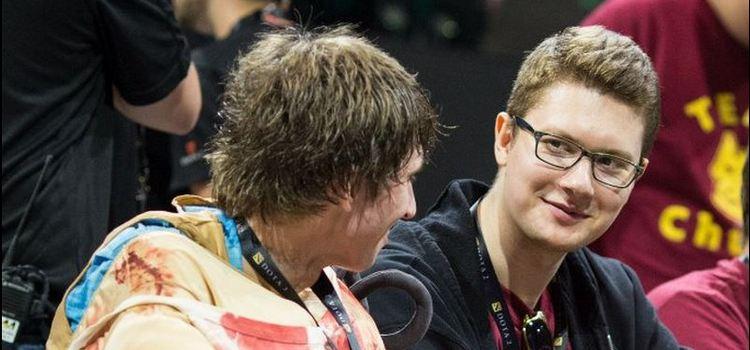
In addition to those two, there are dozens of other iconic names from more than a decade of competitive play. Pudge aficionado Danil "Dendi" Ishutin is still one of the most iconic names in the game. Amer "Miracle-" Al-Barkawi is considered to have reached the mechanical peak of the game even years after his prime. OG midlaner Topias "Topson" Taavitsainen is a common pick for favorite player, and Artour "Arteezy" Babaev is the most famous player from North America. There are too many to list here, but there are dozens of names that constantly pop up when researching the history of Dota 2.
The state of Dota 2 in 2023
In 2023, Dota 2 has reached a new height with a renewed interest in esports and the biggest patch in several years.
The launch of 7.33 has breathed new life into Dota 2 with a completely new map and a host of new mechanics. New hero Muerta was also added shortly before the patch, giving players another new character to tinker with. The game’s balance is still in a state of flux since 7.33’s launch, but longtime Dota 2 players know to either abuse the overpowered stuff or develop strategies to counter it.
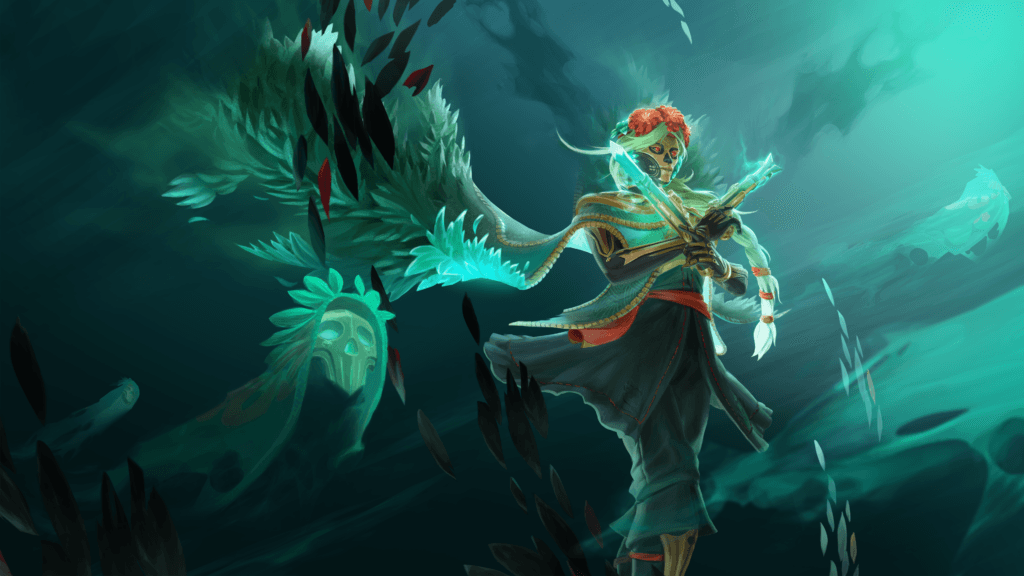
The Dota 2 esports world is staying strong, with the modern DPC continuing into its fourth year. There’s also renewed interest in third-party events, with Riyadh Masters and DreamLeague injecting even more money into the scene. The prize pool for The International has notably shrunk compared to its golden era, but it remains a celebration of Dota 2 that draws in millions of spectators each year.
Remember to check out our partner site winners.net if you are looking for the best Dota 2 betting sites.

